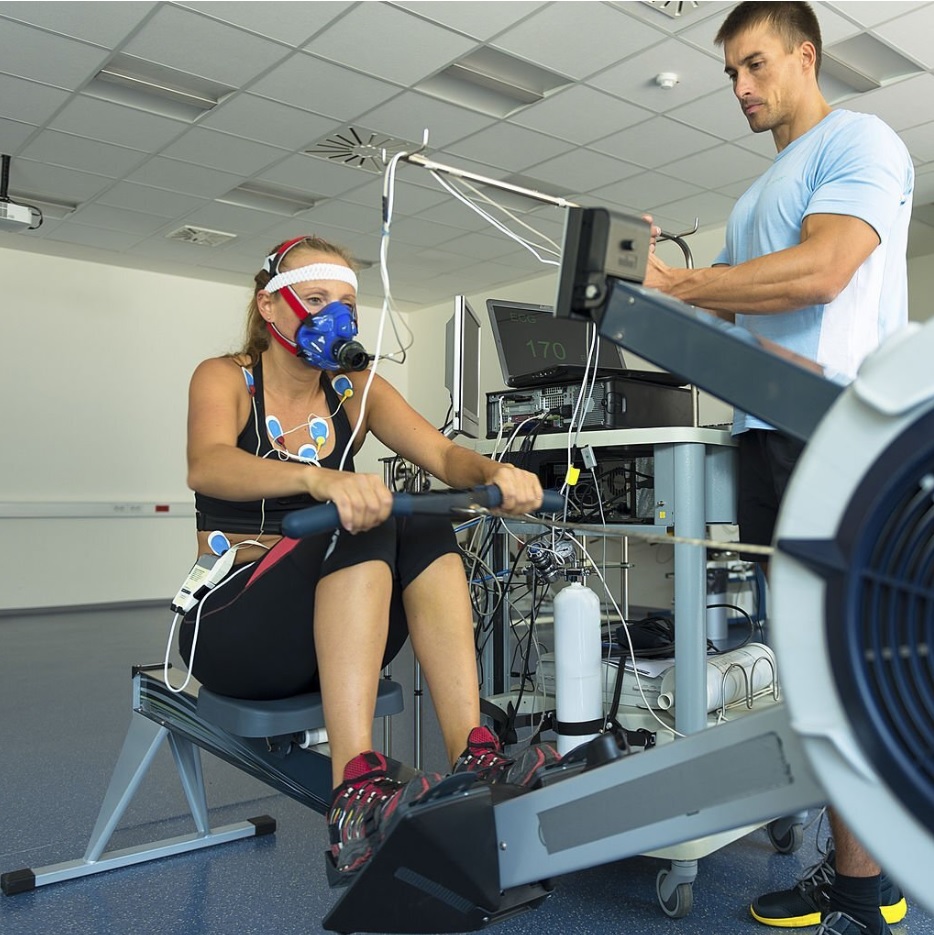In the realm of medical advancements, the concept of harnessing oxygen’s healing properties has intrigued researchers and healthcare professionals for decades. Hyperbaric Oxygen Therapy (HBOT) is one such groundbreaking treatment that has shown promise in promoting healing, alleviating various medical conditions, and enhancing overall well-being. This blog delves into the depths of Hyperbaric Oxygen Therapy, exploring its principles, applications, benefits, and potential future developments.
What is Hyperbaric Oxygen Therapy?
Hyperbaric Oxygen Therapy (HBOT) is a non-invasive medical treatment that involves breathing pure oxygen in a pressurized environment, typically in a specially designed chamber. The pressure inside the chamber is higher than atmospheric pressure, creating an environment where oxygen dissolves more efficiently in the blood plasma, allowing it to reach areas with compromised blood flow or tissue damage.
How Does Hyperbaric Oxygen Therapy Work?
During HBOT, patients enter the hyperbaric chamber and lie down comfortably. The pressure inside the chamber is gradually increased, causing the lungs to absorb a significantly higher amount of oxygen. As a result, the bloodstream carries this oxygen-rich blood throughout the body, even to areas where circulation might be poor.
Oxygen is essential for cellular metabolism and helps in the synthesis of adenosine triphosphate (ATP), the primary energy source for cells. In the presence of oxygen, damaged tissues have a better chance of healing, infections can be fought more effectively, and certain biochemical processes are stimulated, promoting overall recovery.
Applications of Hyperbaric Oxygen Therapy
Wound Healing: HBOT has proven to be particularly effective in treating non-healing wounds, diabetic foot ulcers, and radiation injuries. The enhanced oxygen levels stimulate the production of collagen and support new blood vessel formation, accelerating tissue repair. For patients struggling with chronic wounds, non-healing ulcers, or injuries resulting from radiation therapy, Hyperbaric Oxygen Therapy (HBOT) offers a promising solution. You can click here to learn more about how HBOT’s enriched oxygen levels can stimulate collagen production and support new blood vessel formation, expediting the healing process and providing relief to patients facing these challenging conditions.
Decompression Sickness:
HBOT is the gold standard treatment for divers who suffer from decompression sickness, commonly known as “the bends.” The increased pressure reduces nitrogen bubbles that form in the blood and tissues during a rapid ascent.
Carbon Monoxide Poisoning:
In cases of carbon monoxide poisoning, HBOT can rapidly displace the toxic gas from red blood cells, restoring oxygen-carrying capacity and preventing long-term damage.
Traumatic Brain Injury (TBI) and Stroke:
HBOT has shown potential in reducing brain swelling, promoting neuroplasticity, and aiding recovery after traumatic brain injuries and strokes.

Chronic Fatigue Syndrome:
Some studies suggest that HBOT can alleviate symptoms of chronic fatigue syndrome by improving oxygen delivery to fatigued muscles and organs.
Autism Spectrum Disorders:
Though still under research, HBOT has been explored as a potential treatment to improve certain symptoms associated with autism.
Sports Injuries:
Athletes have sought HBOT to accelerate recovery from various sports-related injuries, including sprains, strains, and fractures.
Benefits and Safety
HBOT has been considered safe when administered by trained professionals in controlled settings. The treatment is non-invasive, painless, and generally well-tolerated. However, a few rare risks might include barotrauma (pressure-related injuries), ear problems, and temporary myopia.
The Future of Hyperbaric Oxygen Therapy
As research into hyperbaric oxygen therapy continues, its potential applications could expand even further. Ongoing studies are exploring its benefits in treating neurological conditions like Alzheimer’s and multiple sclerosis. Additionally, researchers are investigating its anti-inflammatory effects, potential cancer-fighting properties, and enhanced post-operative recovery.
Conclusion
Hyperbaric Oxygen Therapy has emerged as a transformative medical approach with a wide array of applications, ranging from wound healing to neurological conditions. By leveraging the incredible healing power of oxygen, HBOT has provided hope and relief to countless patients worldwide. As technology advances and research progresses, the full extent of HBOT’s potential might be revealed, making it a valuable tool in modern medicine’s arsenal to combat diverse health challenges.
Always consult a qualified healthcare professional before considering Hyperbaric Oxygen Therapy to determine its suitability for your specific medical condition. With continued research and clinical experience, HBOT could continue to shape the future of healthcare, ushering in new possibilities for improved quality of life and faster recovery.
